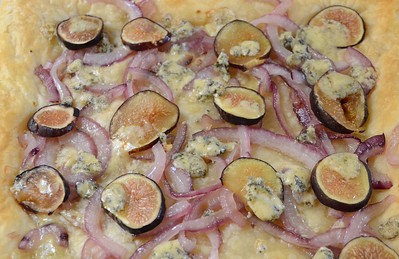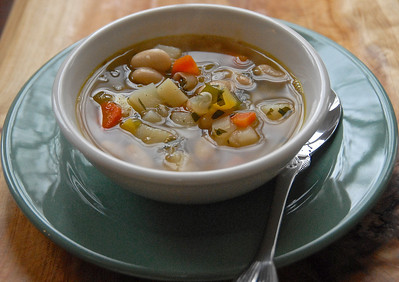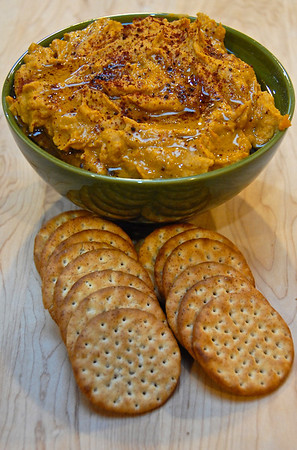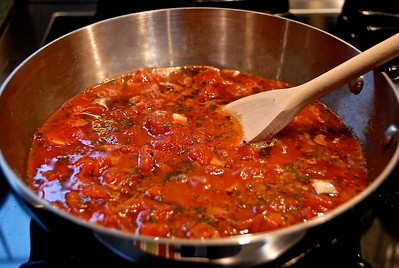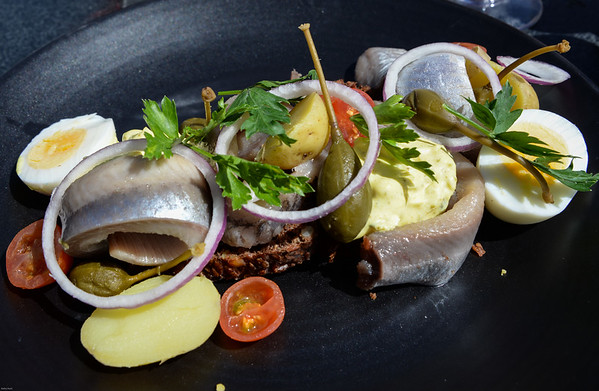
Pickled herring platter in Skagen, DK
Over the years of cooking, eating and writing about seafood I’ve developed a fascination with herring. Rich in flavor and high in omega-3 fatty acids, this ancient creature has sustained mankind for thousands of years. Small but mighty, it has been the foundation of such major cities as Amsterdam and also the root of such battles as the Anglo-Dutch Wars. Yet, in America most people don’t give this silvery fish a second glance. However, if you’re in Denmark, where I recently spent the past few weeks, you’ll get to know herring quite well.
It’s been said that the Danes have more pickling cures for herring than they do days of the year. I can believe this for, during three trips that I’ve made to Denmark, I’ve sampled at least two dozen types of tart and velvety pickled herring. Curried herring. Herring with dill and capers. Herring in cream sauce. Herring marinated in wine. Herring marinated in sherry. The list goes on and on.
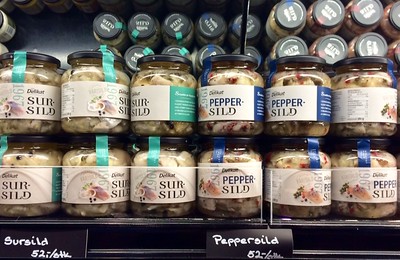
Market selection of pickled herring
With so much pickled herring being commercially produced, people tend to buy rather than preserve their own fish. You can, however, make this delicacy at home. All that you need are herring fillets, vinegar and spices, herbs or other flavoriing. If you’d like to try your hand at pickling, click on this link for a recipe for Branteviks Herring at Zester Daily.
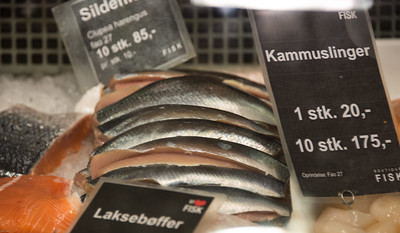
Silde, or herring, fillets in Copenhagen, DK
Why such an obsession with herring? During the Middle Ages freshly caught herring from the Baltic and North Seas became a driving force of Denmark’s, and much of Northern Europe’s, economy. Today, the country’s northernmost city, Skagen, remains a major presence in this industry.

Fishing boat, with nets, in Skagen, DK
What do people do with all that pickled fish? Serve it on a mixed greens salad, on brown bread or crackers, as a smørrebrød, with hardboiled eggs, chopped and tossed with beets or alongside potato salad. The pairings are almost as unlimited as the cures.
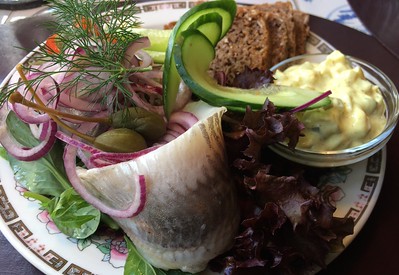
Pickled herring platter in Ribe, DK
OPEN-FACE PICKLED HERRING SANDWICHES
1 teaspoon capers, drained and rinsed
1 teaspoon freshly squeezed lemon juice
2 tablespoons fresh dill
1/4 teaspoon freshly ground black pepper
1/2 teaspoon Kosher salt
1/2 cup sour cream
4 slices multi-grain, rye, Danish brown or other hearty bread
4 leaves Bibb lettuce, cut to fit the bread
4 fillets of pickled herring
1/2 small red onion, thinly sliced
2 hard cooked eggs, sliced
4 to 6 cherry tomatoes, sliced
Place the capers, lemon juice, dill, salt, pepper, and sour cream in the bowl of a food processor or blender and pulse until well combined.
Spread the sour cream dressing over a slice of bread. Place the lettuce, herring, and equal amounts of onion and egg and tomato slices on top of the bread. Consume using a knife and fork as the Danes do.
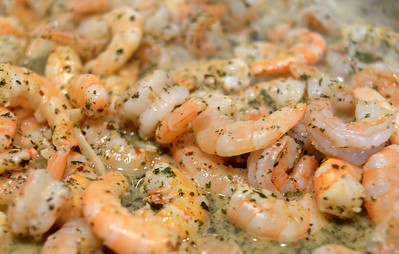
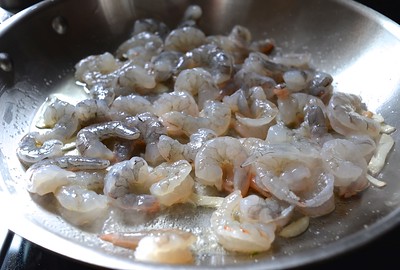
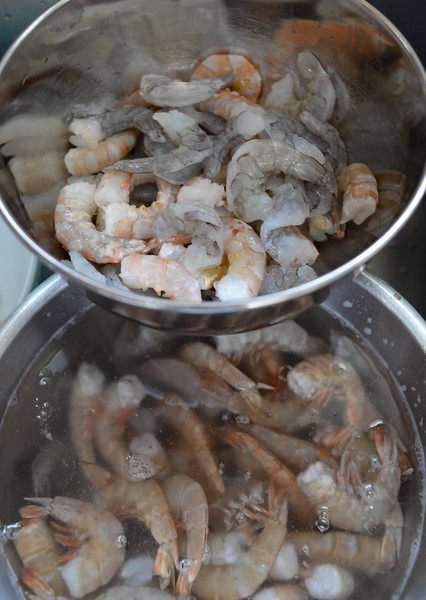
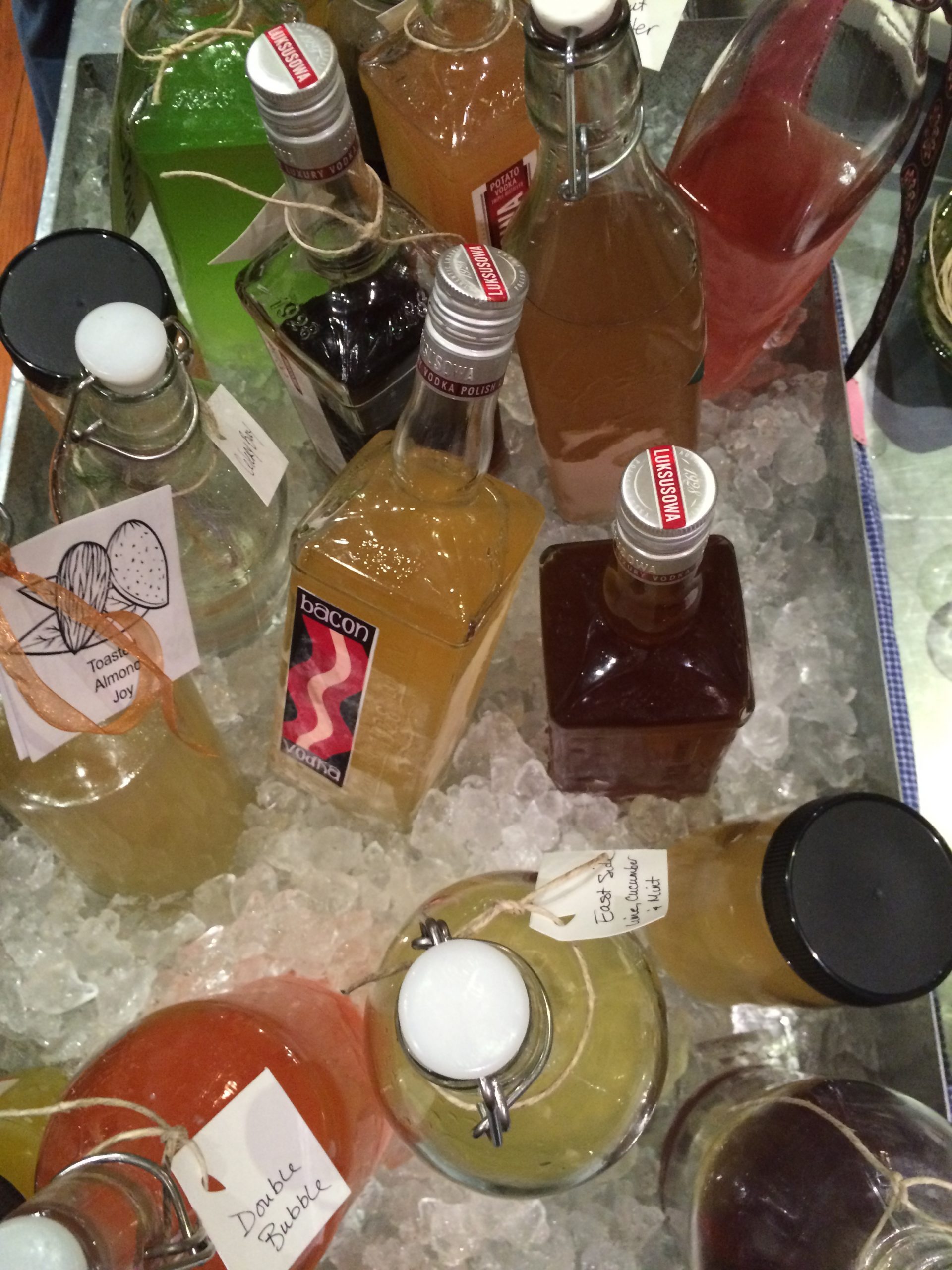
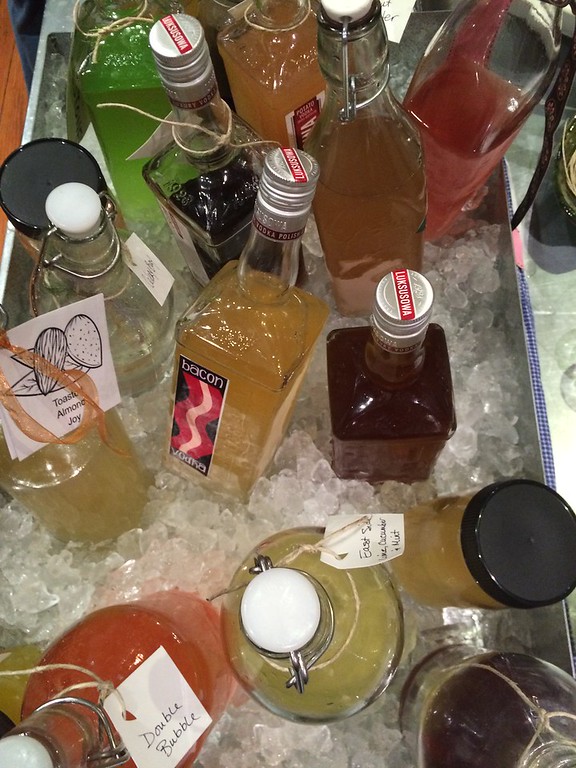
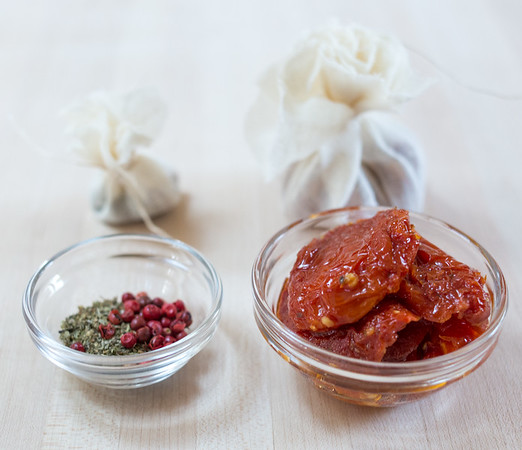
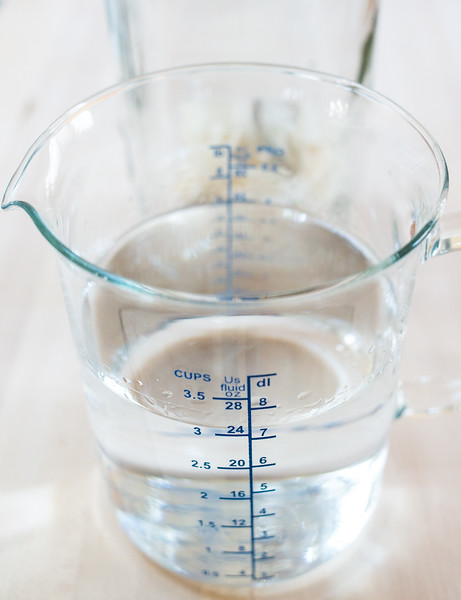
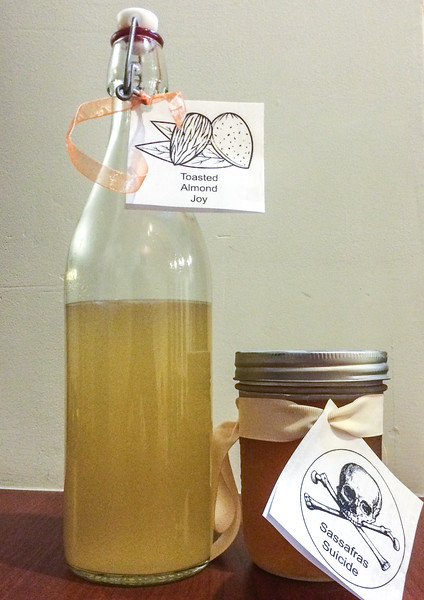
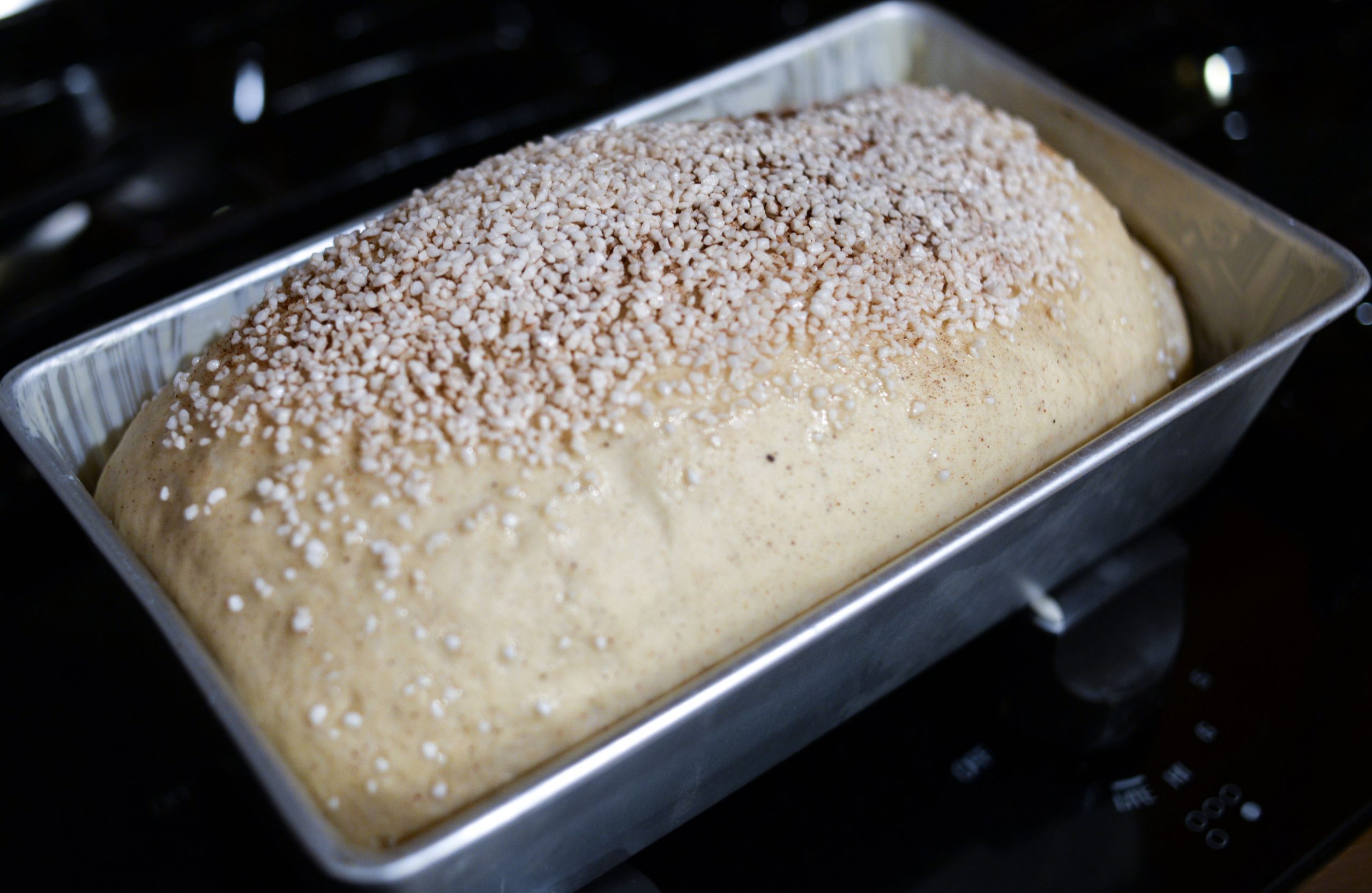
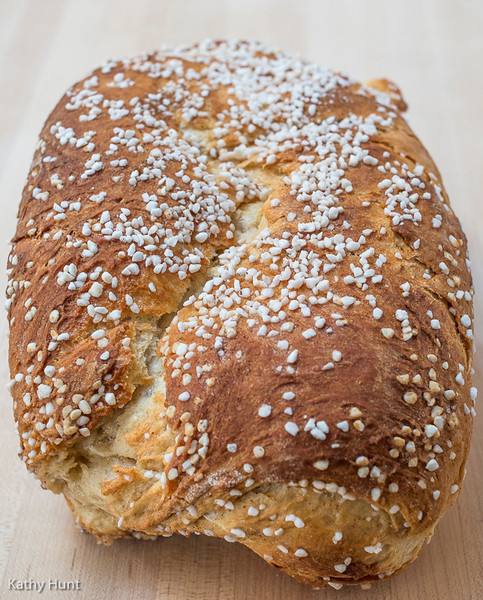
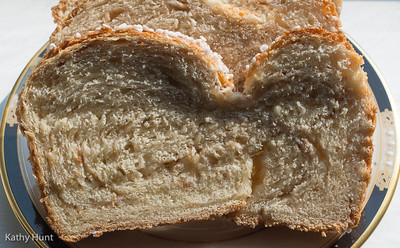
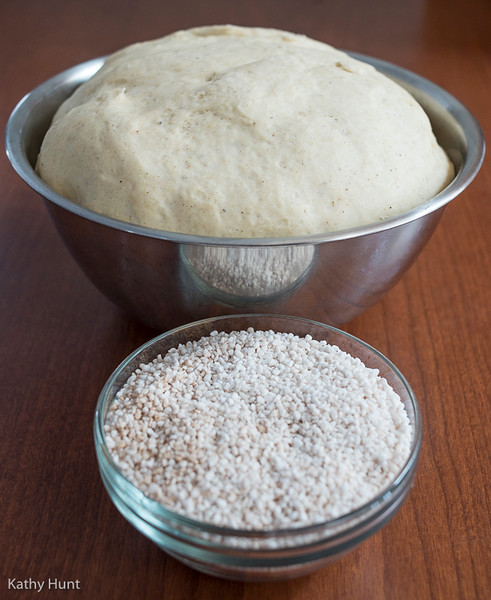
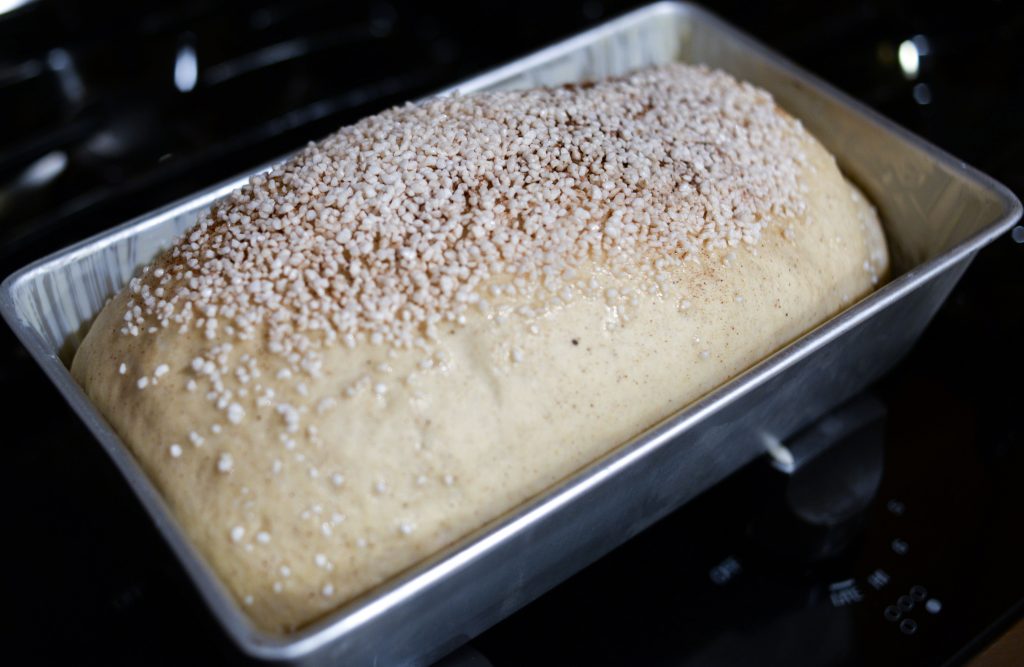

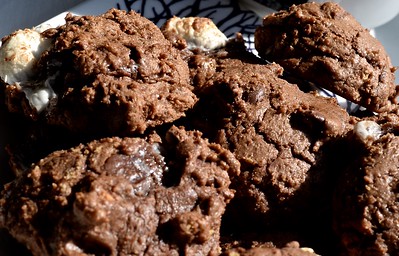
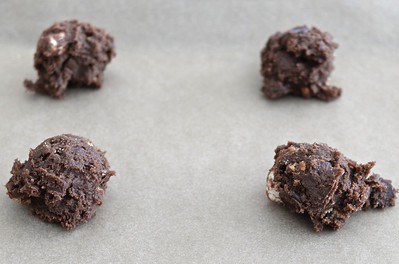
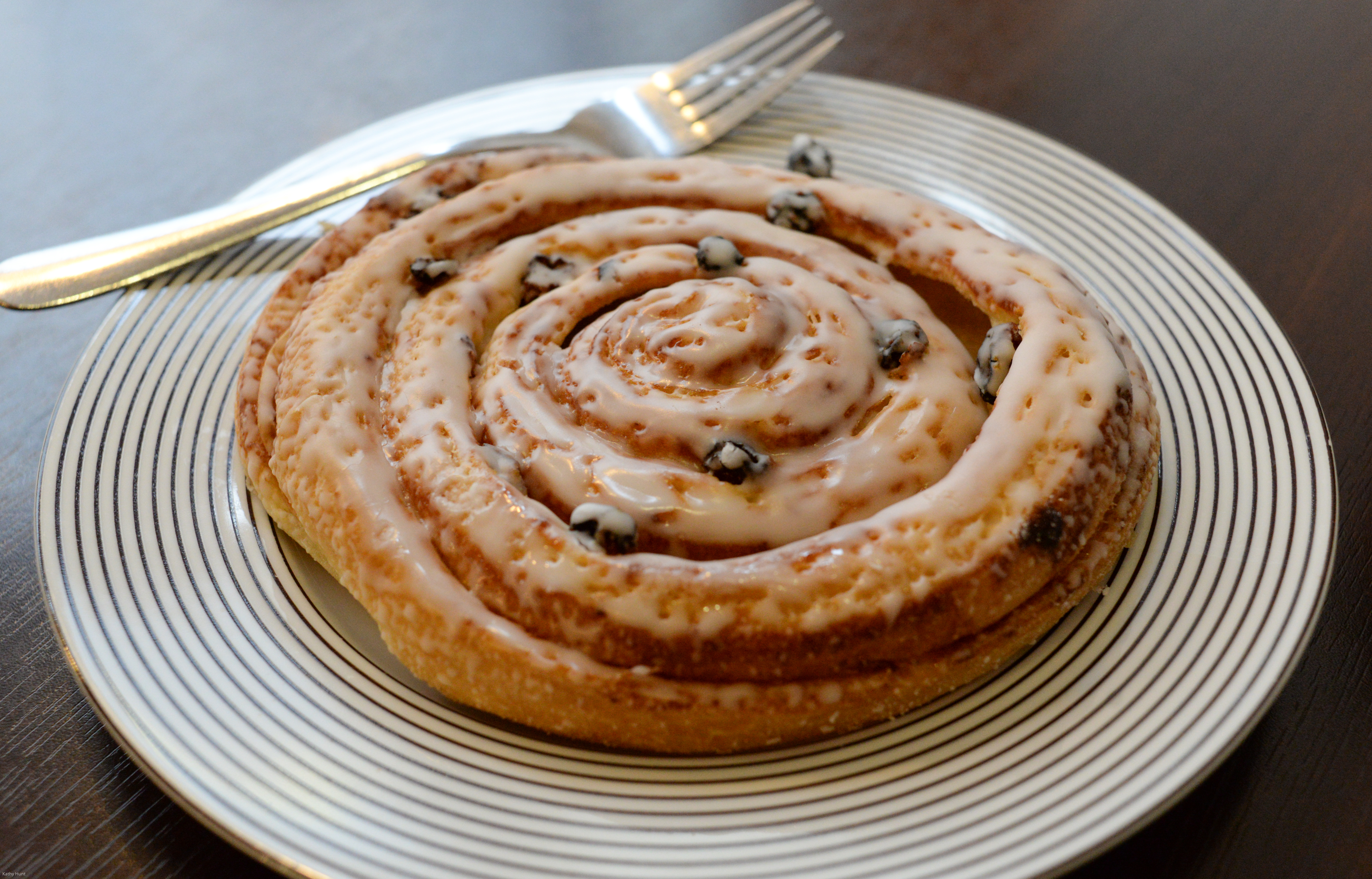

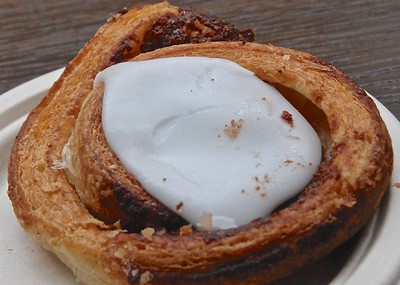

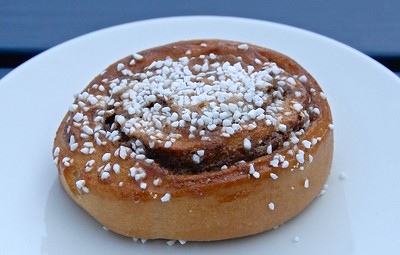
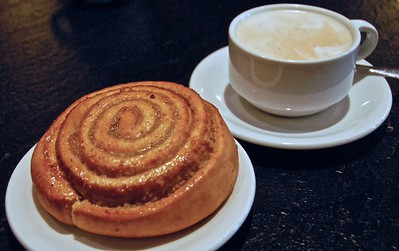
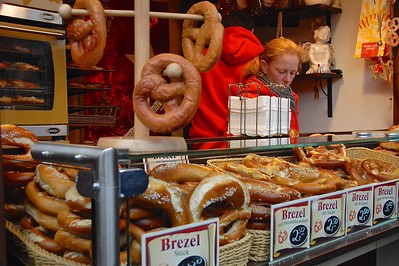
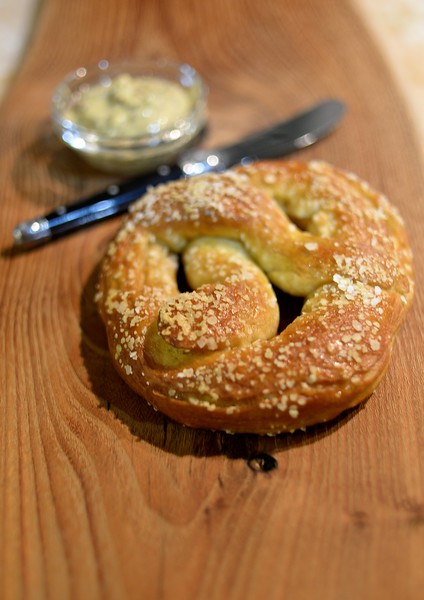
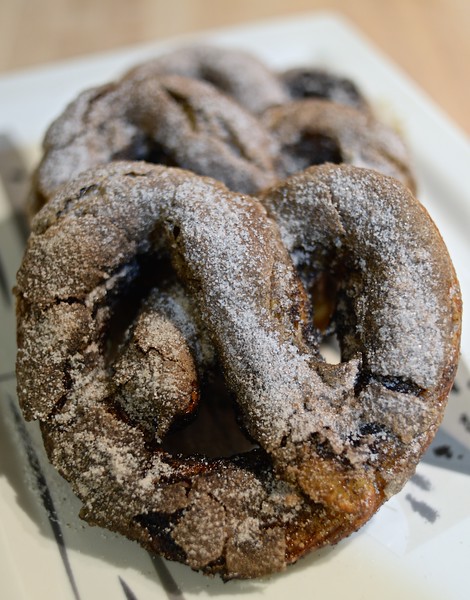
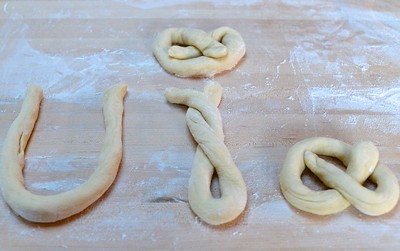
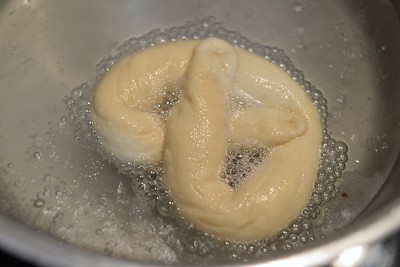
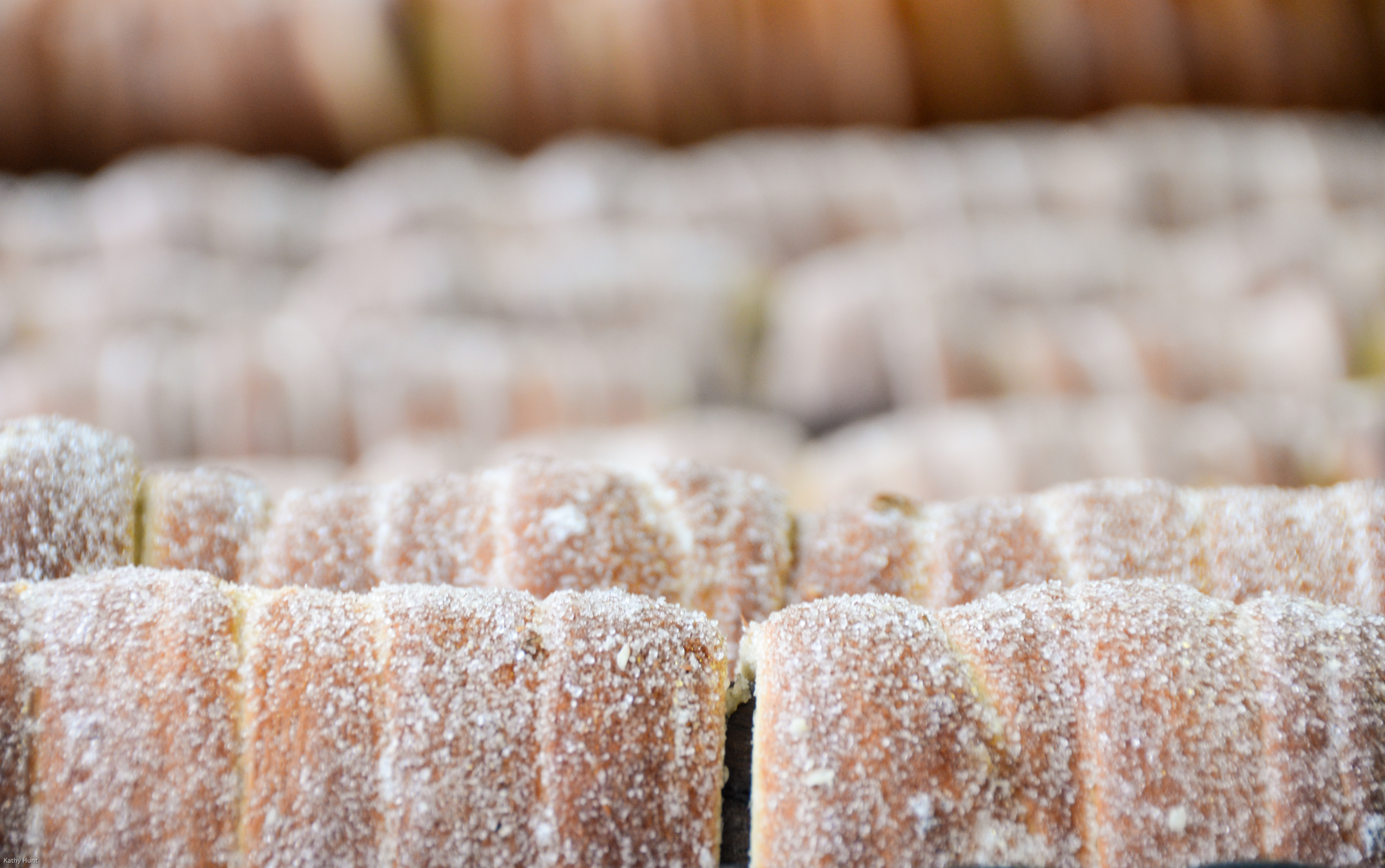
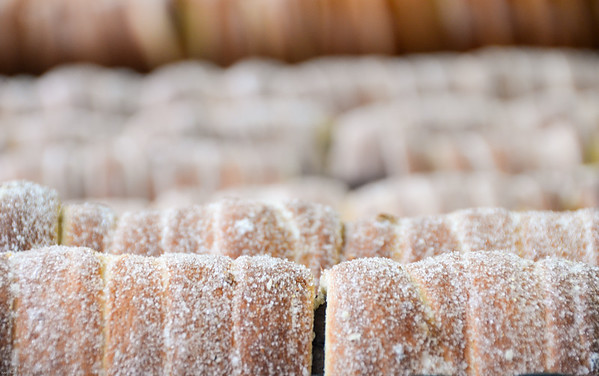
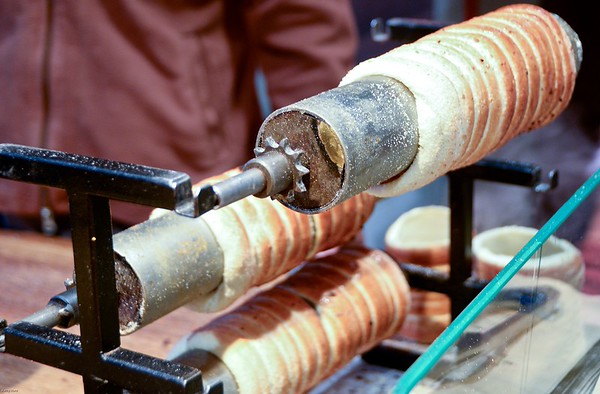

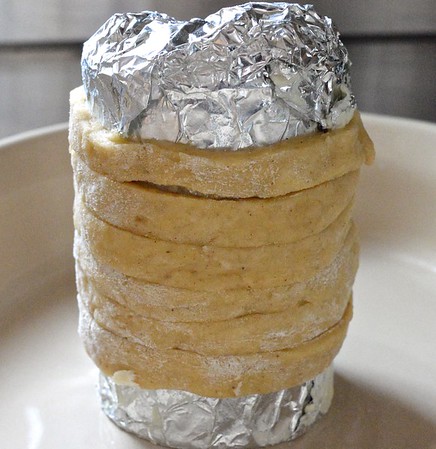
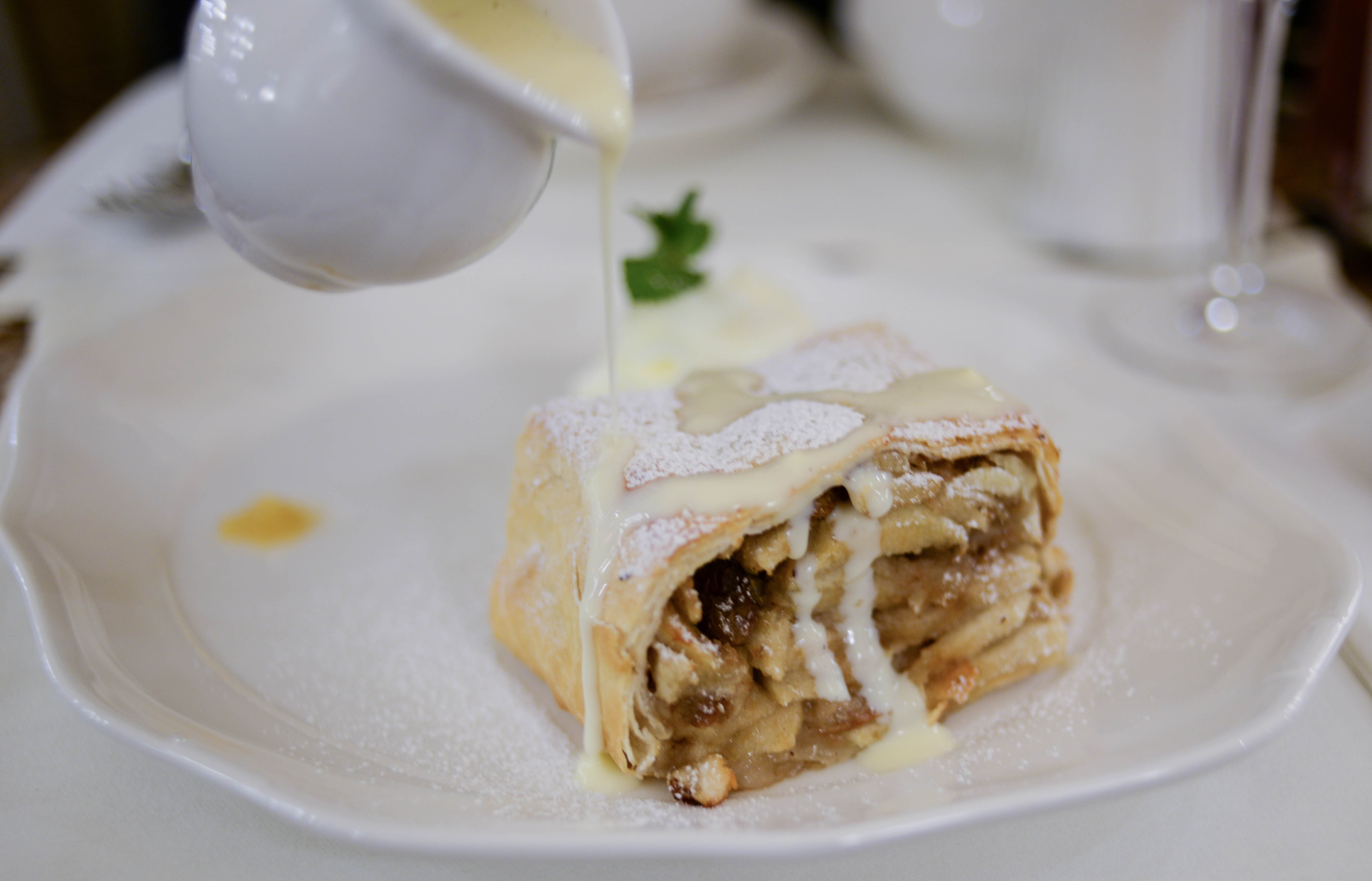
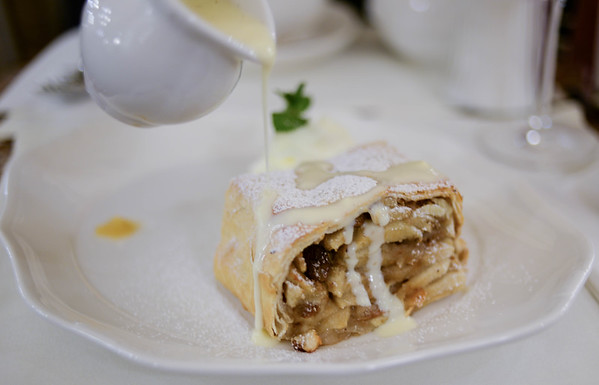
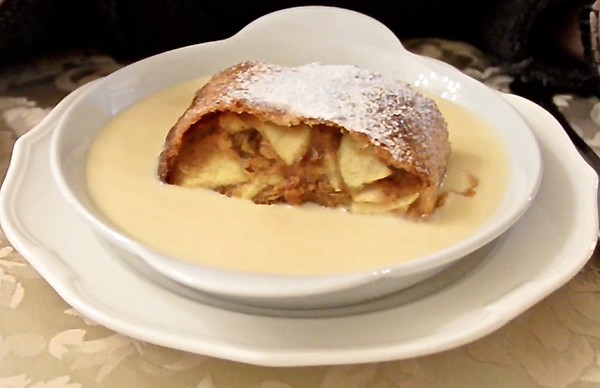
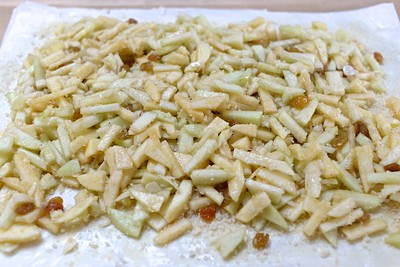
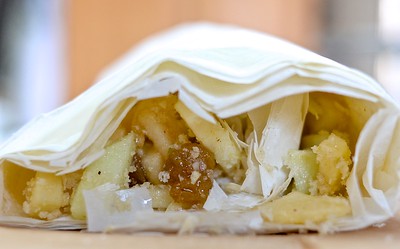
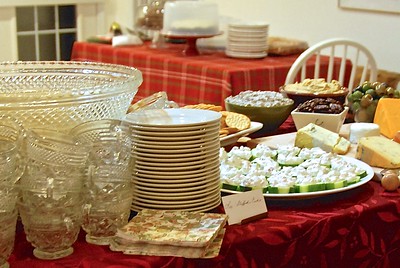 Right now I have a story running at
Right now I have a story running at 